Rod working with his sheep handler.
By using modern sheep-classing technology, Queensland woolgrower Rod Avery from St George knows the level of production and the return that each animal contributes to his business. He is able to make more informed decisions when it comes to culling and breeding.
The Avery family has been on 'Burgorah' near St George for about 15 years. It is predominantly Mulga-Belah country with improved Buffel grass pastures during summer. About 2,833 hectares are leased for the family's sheep operation.
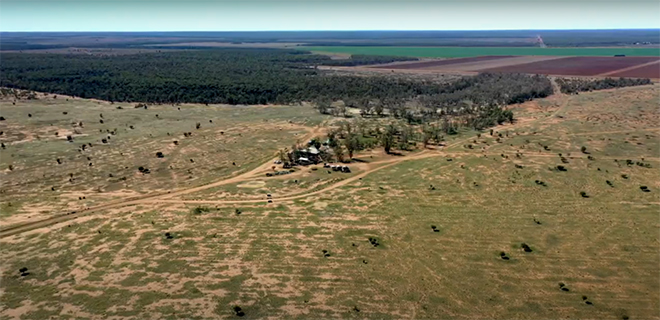
The Avery family has been on 'Burgorah' near St George for about 15 years.
In the past, Rod has run a range of breeds but has now gravitated back to a self-replacing Merino flock.
"Right now, there's a decent value for wool so it's worthwhile doing a good job of it, even though the meat prices are also very good," Rod said.
"You've gone from $20 to $30 per head to $150 to $200 or more per head."
Rod has the data to confidently estimate that he gets two thirds of his income from store lambs, cast for age and cull sheep due to the big demand, with wool production providing the other third.
Wool production has increased from about 4.5 to 5kg/head for his ewes due to improved nutrition and flock management. He is actively continuing to improve the quality of the wool produced.
Collecting data
Rod wanted the ability to identify his best performers, so he started collecting data on his flock four years ago.
Every ewe has an electronic identification (EID) tag with a unique number which is linked to data collected on weaning weight, fleece weight, wool micron and yield of each sheep at the first shearing.
Data is also collected on each ewe and if she has a single lamb or twins each year. He joined about 1,380 Merino ewes last year; 1280 were in lamb with 450 of those twin-bearing.
Rod now has a good record of his flock's attributes and can use this data to improve the quality and amount of wool produced and increase the number of sheep to take advantage of the demand.
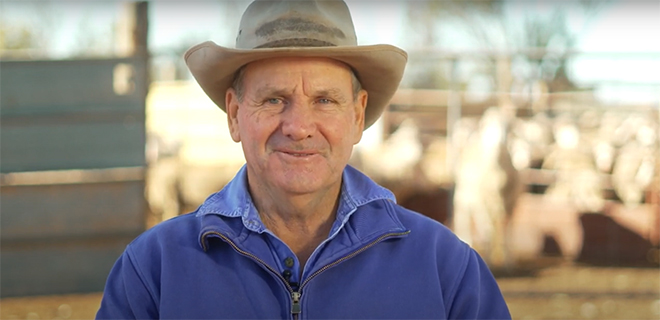
Woolgrower Rod Avery
"I just felt if I wanted to get any better with what I'm doing, I need to collect some information on what I've got."-- Rod Avery, woolgrower
"I just felt if I wanted to get any better with what I'm doing, I need to collect some information on what I've got, and a lot of it is about whether I try to expand my sheep numbers or whether I try to reign them back in and cash in on the sheep values," Rod said.
Embracing technology
Rod has pushed himself out of his comfort zone to embrace new technology. He has invested about $5,000 in quality equipment including animal scales, an indicator and an electronic tag reader (wand).
Rod also invested in ensuring there is Bluetooth connectivity between the indicator displaying the weights and the wand scanning the individual tags.
"From my experience, it's important to invest in a good set of scales and a reader that talk to one another with Bluetooth," Rod said.
"Also, get good support with the equipment because there are moments where technology and man sometimes don't agree and there's a bit of training involved to use the equipment.
"Set your yards up so it's easy to manage, have a good computer at home, and probably someone who knows how to use the spreadsheets.
"The cost of equipment can also be reduced by spreading the purchase bill. I actually shared a bit of equipment purchasing with one of my friends. He's got the printer and I've got the scales, and we just share about so you don't have to cover the full costs yourself.
"The first year or two, we were just using the sheep race to do the work and collect data, however, since then I've invested in a sheep handler, which is doing one sheep at a time so I can do multiple tasks such as weighing, drenching and fleece sampling.
"You've just got to think about your plan and how you handle your sheep to record the data. That's probably one of the big points."
Actively using the data
Rod says he's now in a position to actively use the data he's collected, having built up the number of ewe lambs on the property. All ewes get scanned for single and twins, with twinners run separately during lambing.
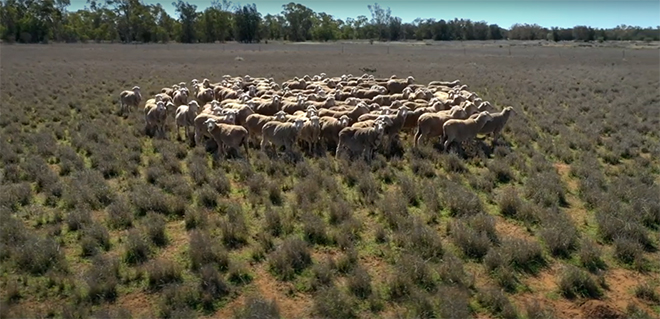
Merinos on the property near St George in Queensland.
"I know if I wanted to downsize my flock for any reason, I could take out the bottom 30% of performers," Rod said.
"For example, this year we have 700 ewe lambs to choose from. If I can have their body weights, fleece weights and micron, I can start using that wool data and information and sell those off a lot earlier at a premium.
"The first year, collecting wool data showed a difference in fleece value ranging from $24 to $72."-- Rod Avery, woolgrower
"But for the last few years, we have focused on getting the lambs on the ground and boosting productivity with good nutrition. Any dry ewe at lamb marking or scanned empty is culled."
Rod also has the option to actively use genetics testing and results in his ram selecting, instead of relying on visual assessment.
Increasing productivity through better nutrition
During the past few years Rod has had to contend with drought and has focused on keeping stock alive and healthy, resulting in premium prices.
"I've been marking around 110% lambs during the past few years with the droughts, and I'm also cutting five kilograms of wool. Previously, I probably wouldn't have even cut four and a half and I probably only had 80% lambs. Also, I haven't got the weak, low tensile strength in the wool," he said.
"My agent and I talked about two years ago and worked out that we thought there was a $10 per head benefit in better nutrition during lambing."
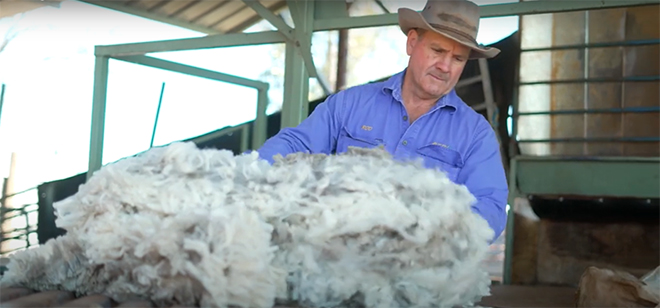
Wool production has increased from about 4.5 to 5kg/head for Rod's ewes.
Rod has been actively improving the ways he gets that nutrition to his livestock, including regularly using supplementary feeding, investing in feeder bins and using containment yards when drought conditions are at their worst.
He also set up a feed-out bin on a truck and refined the feed provided, preferring faba beans due to their nutritional value and reduced risk of acidosis.
Final thoughts
Rod has this advice for producers considering going down the record keeping path to improve flock management and fleece quality:
"You need to know what you want to get out of it at the other end. I'm four years into data collection and I now have a good body of information to use," Rod said.
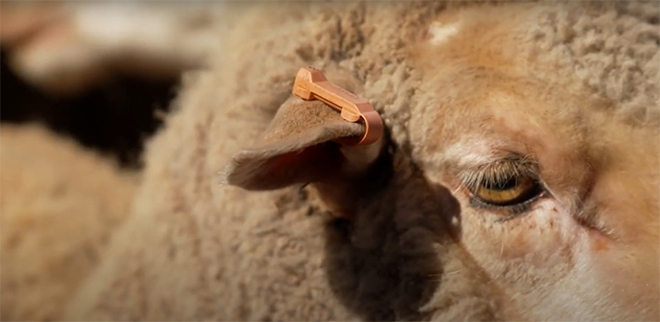
Every ewe has an electronic identification (EID) tag with a unique number which is linked to data.
"For example, the micron of each ewe could be used to draft into separate micron mobs before shearing to gain a premium if that was warranted."
"Just think about what the possibilities are in increasing your productivity."-- Rod Avery, woolgrower
Rod is a long-time owner classer and has a good idea of the traits he wants in the fleeces his flock produce. He encourages producers who want to do the same to take advantage of the courses on offer.
"The courses run by Australian Wool Innovation are number one and the Leading Sheep grower network does a good job pointing you in the right direction – the more of those we get around the better," he said.
Rod feels his approach is, in its own way, helping improve the state of the wool industry.
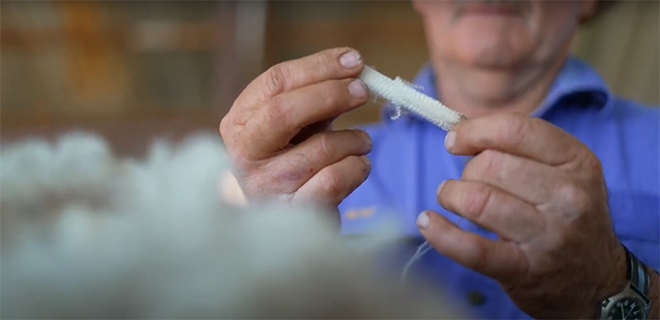
Collecting wool data showed a difference in fleece value ranging from $24 to $72.
"The first year I collected the wool data, we could see the huge variations in the flock, from a ewe with $72 worth of wool, down to one with $24 worth of wool. If you add in the value of one or two lambs, it is worthwhile to identify the productive ewes.
"If you want to select an animal that's going to be the most productive to breed from, wouldn't you want the information?"






